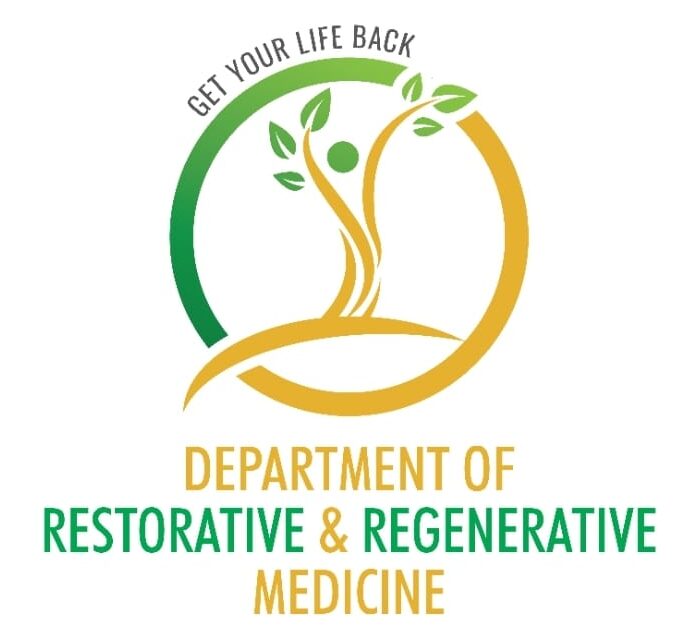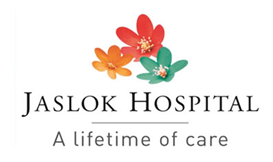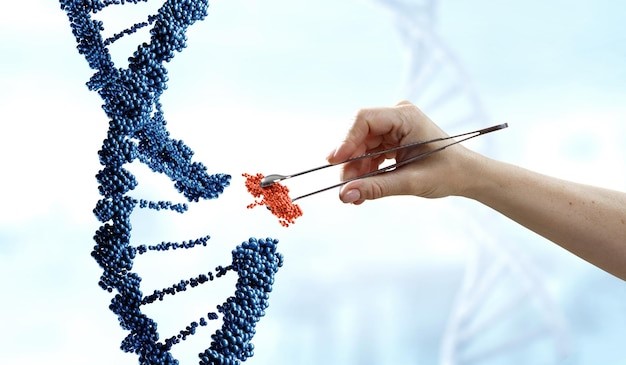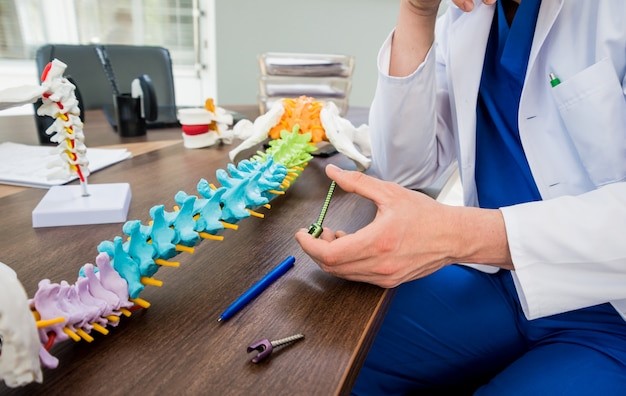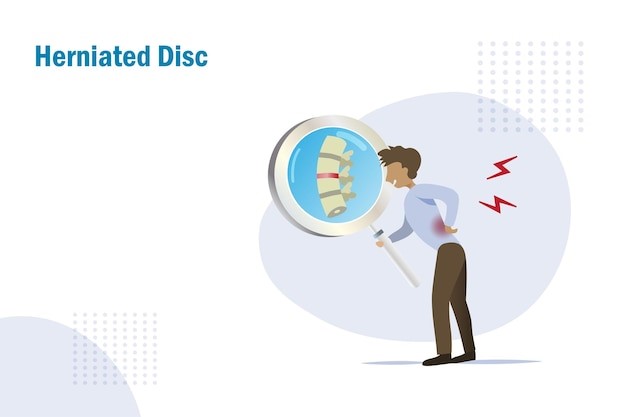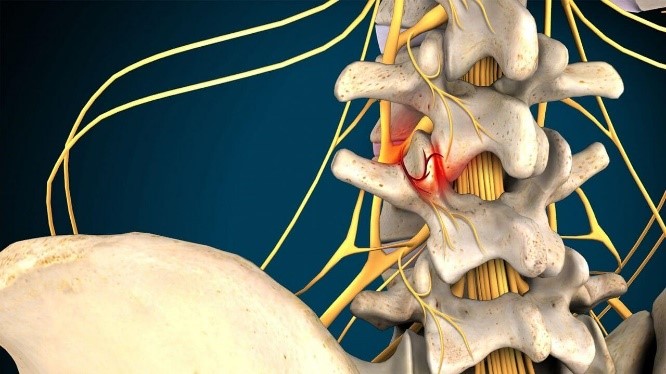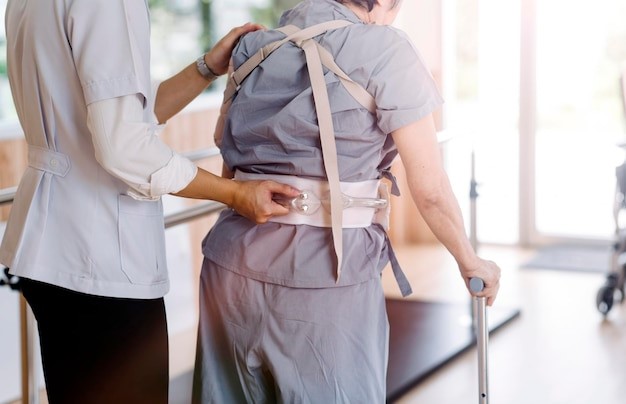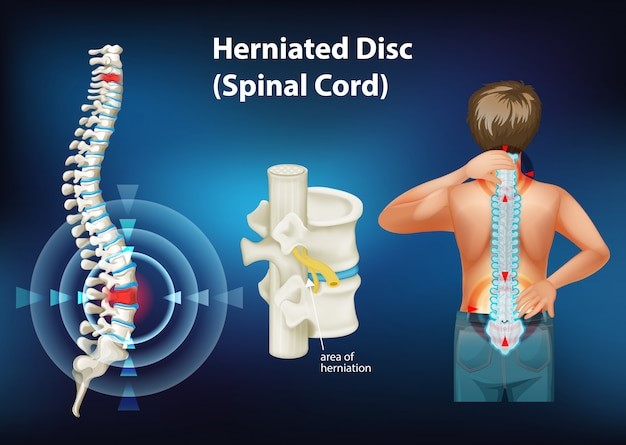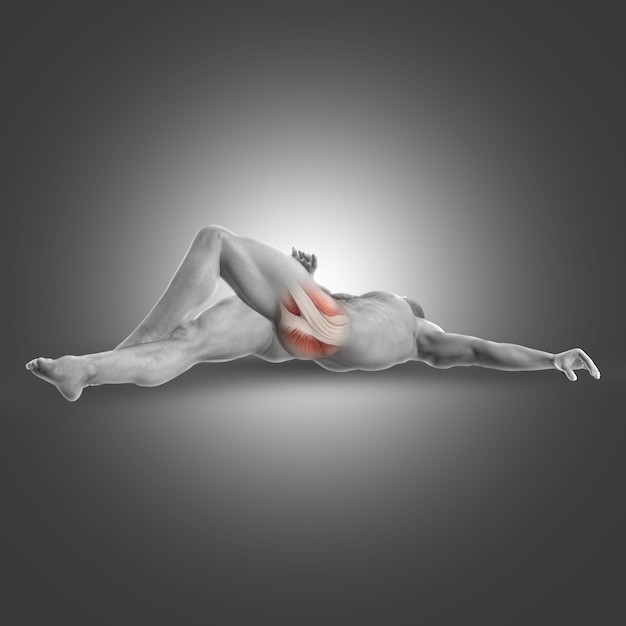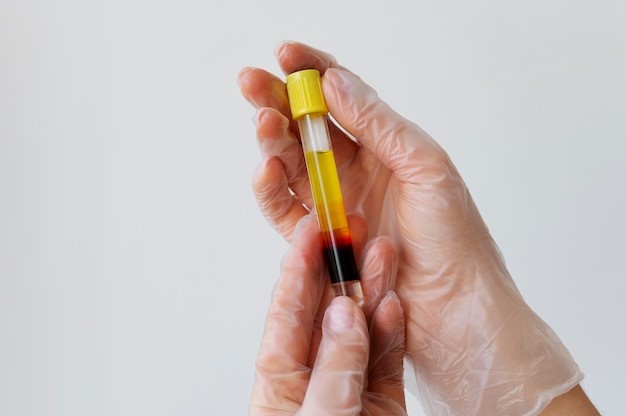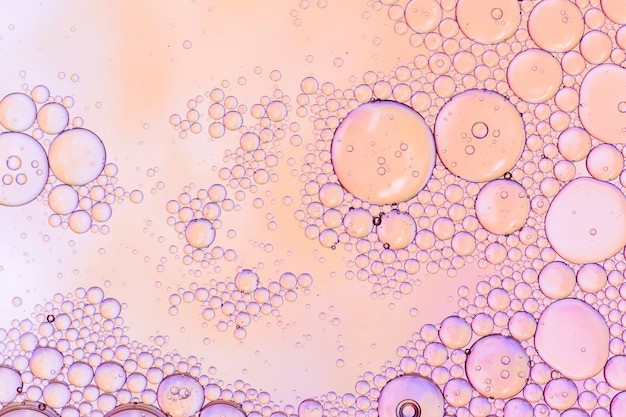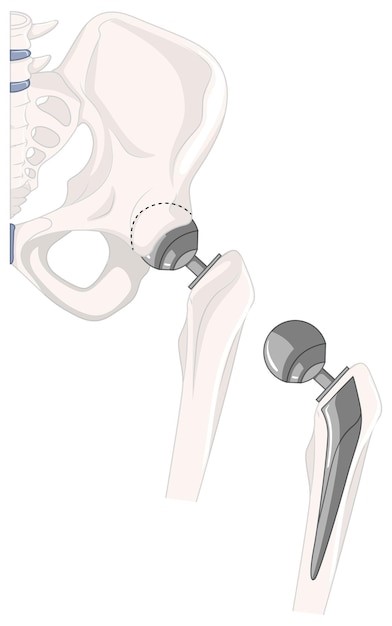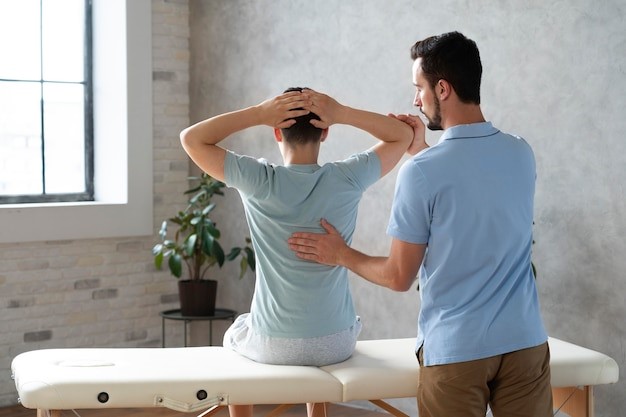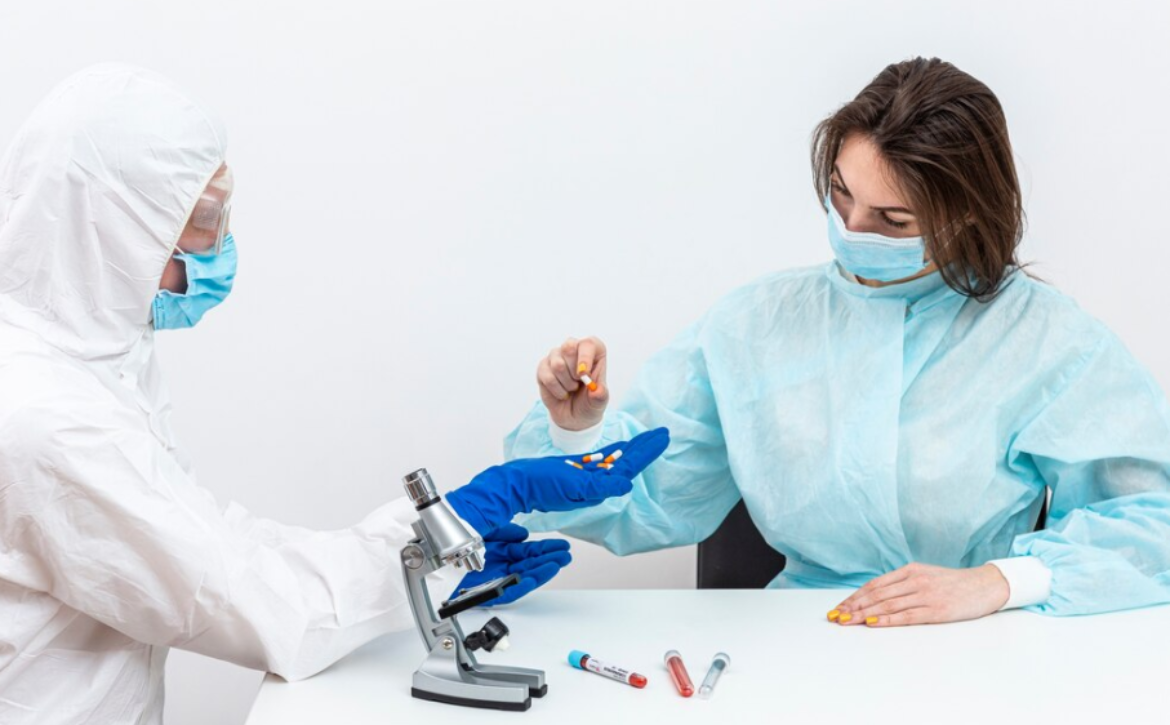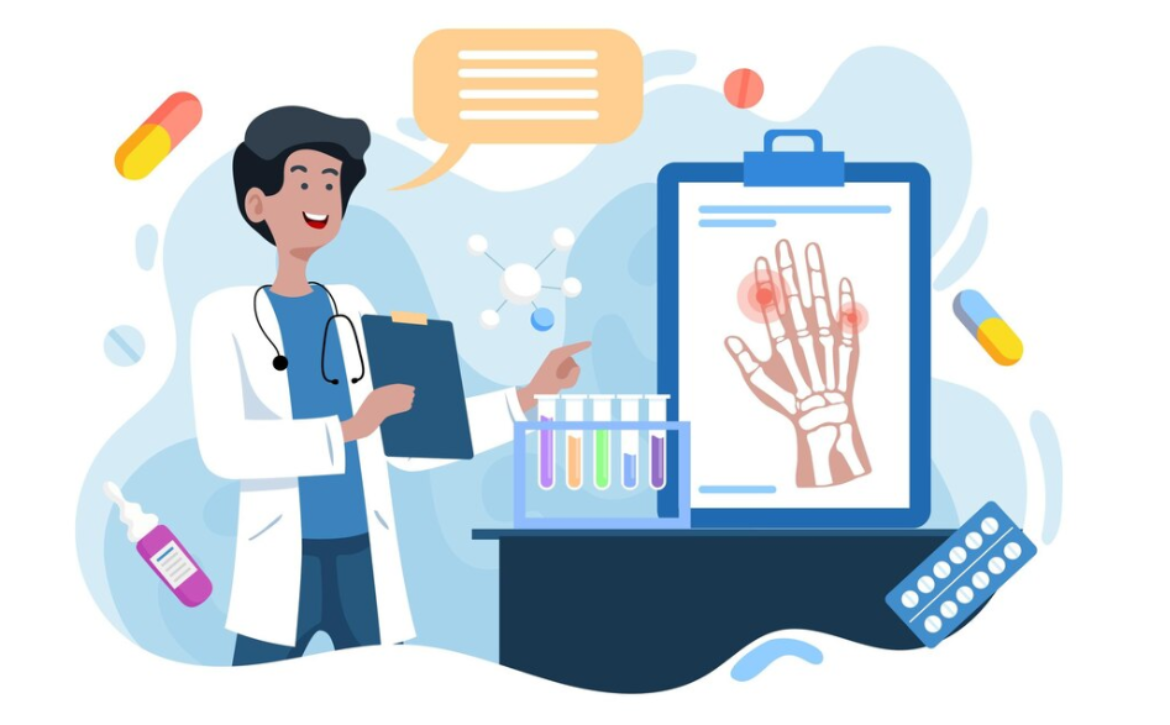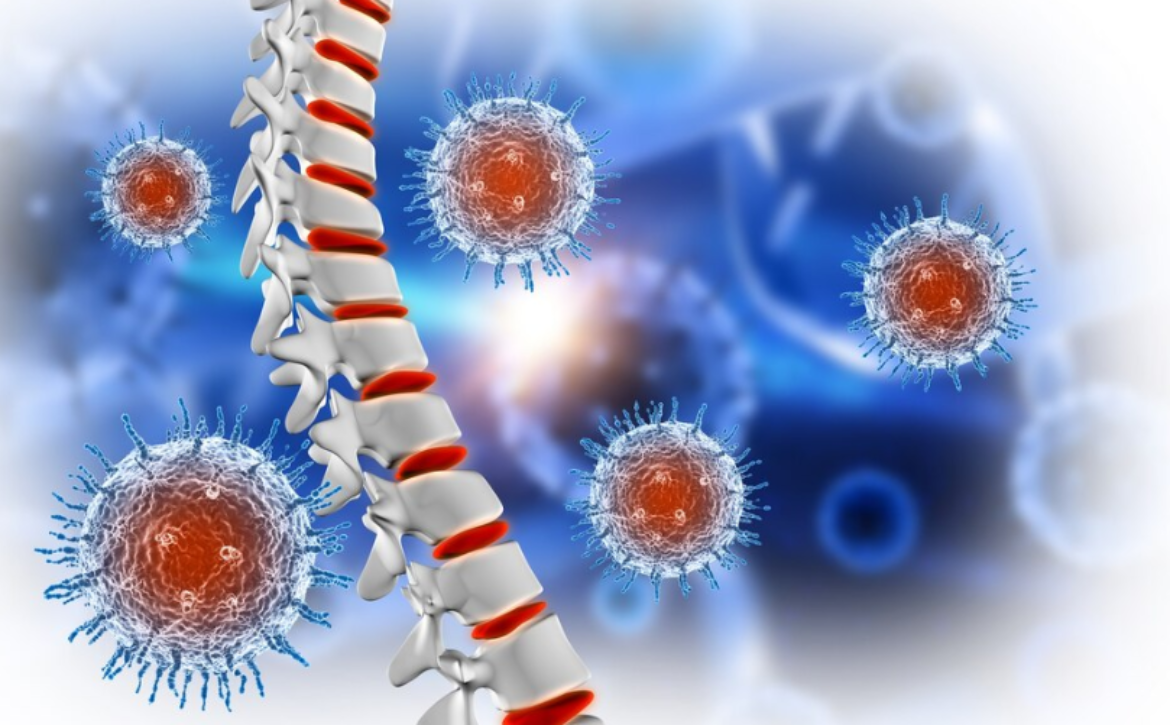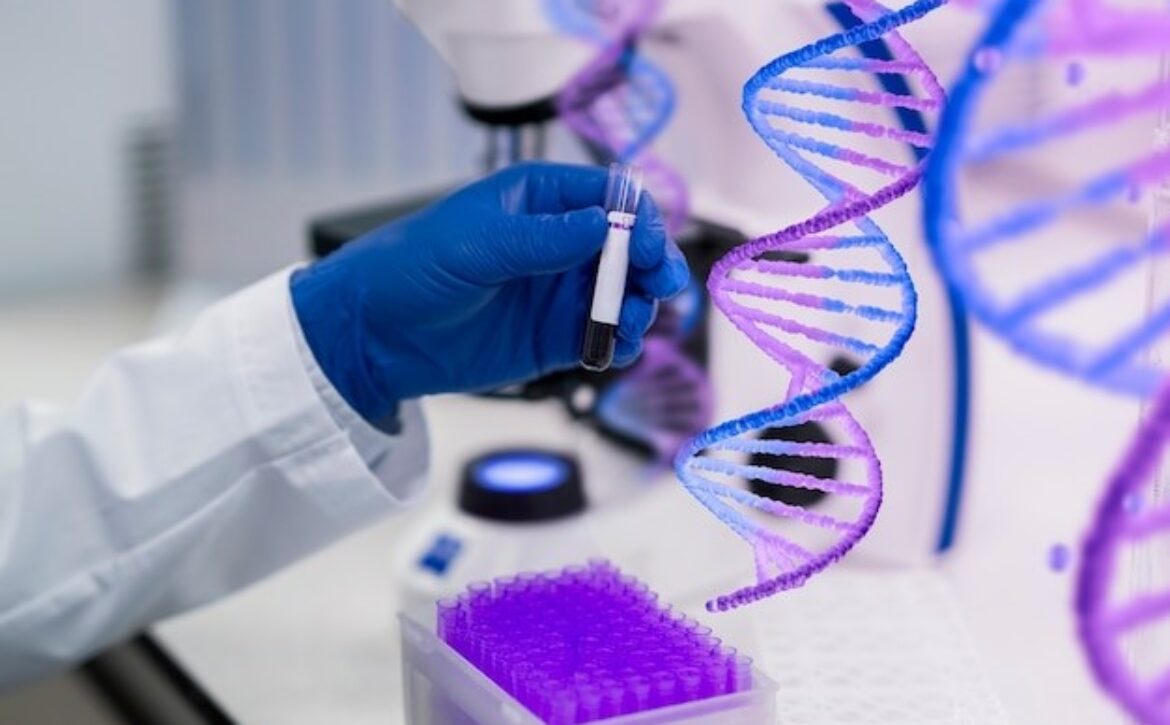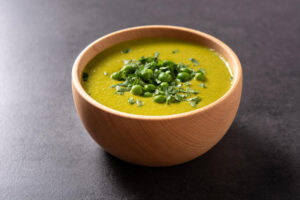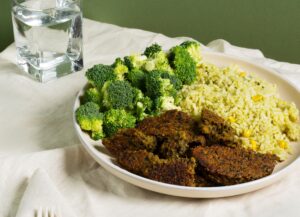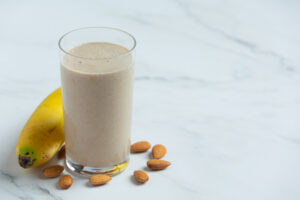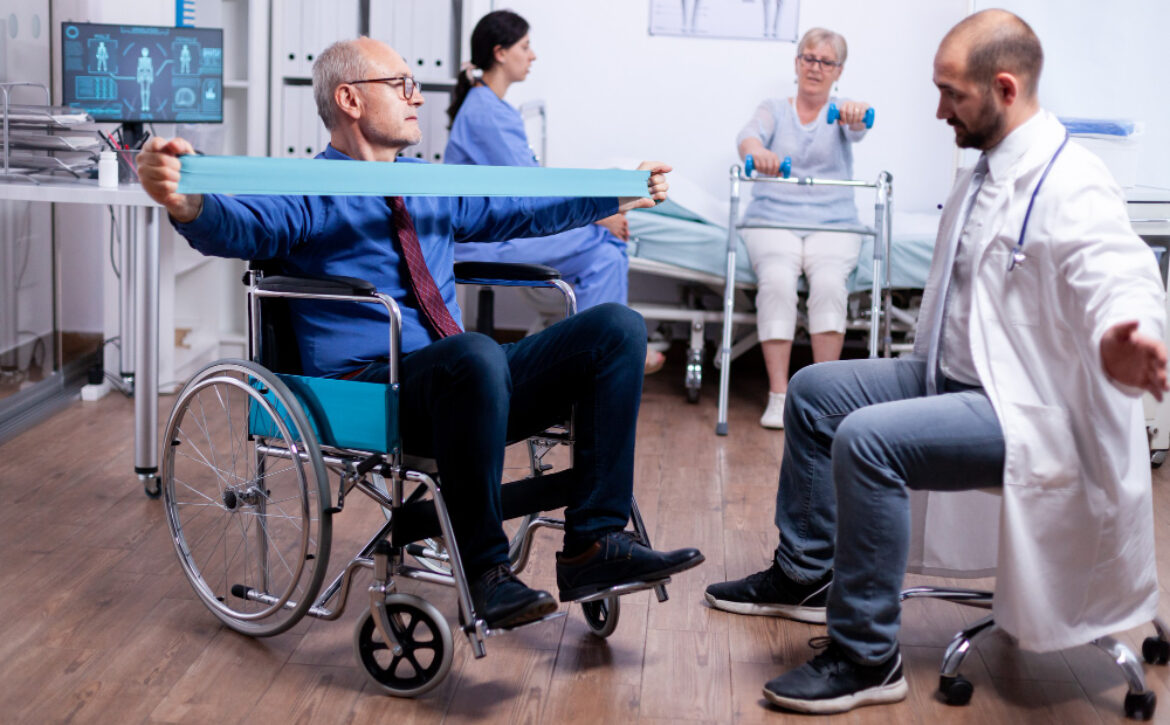Exploring the Role of Orthobiologics in Managing Degenerative Disc Disease
Introduction to the Role of Orthobiologics in Managing Degenerative Disc Disease
Degenerative Disc Disease (DDD) is a disorder that many adults get as a result of the natural aging process, causing persistent discomfort and reduced mobility. Traditional DDD therapies, such as physical therapy, drugs, or even surgery, may not be effective in the long run. Orthobiologics, a relatively new method in regenerative medicine, is emerging as a promising treatment option for DDD. This blog by Jaslok Hospital, Best Orthobiologics treatment Clinic in mumbai, delves into the possibilities of orthobiologics in treating DDD, providing an in-depth look at how these biological therapies can help relieve pain and restore spine health.
What is Degenerative Disc Disease?
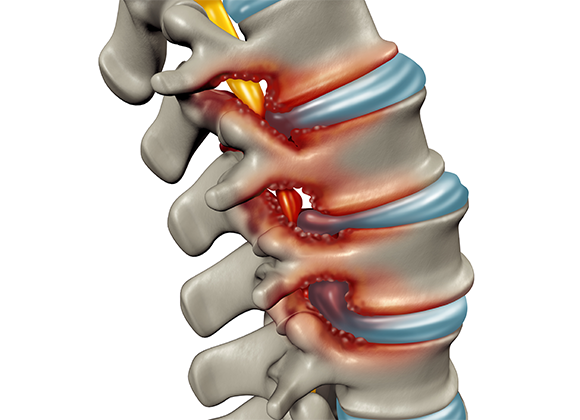
Degenerative Disc Disease is characterized by the slow deterioration of the intervertebral discs, which are essential for shock absorption and spinal flexibility. As we age, these discs lose moisture and flexibility, making them more prone to wear and tear. While not everyone with DDD feels pain, some people suffer from chronic discomfort, stiffness, and limited mobility.
Symptoms and causes of DDD symptoms include persistent pain in the lower back or neck, pain that radiates to the arms or legs, numbness, tingling, and muscular weakness. Aging, heredity, repetitive strain, and certain lifestyle factors such as smoking or obesity all play a role in DDD.
Traditional Treatments for DDD and Their Limitations
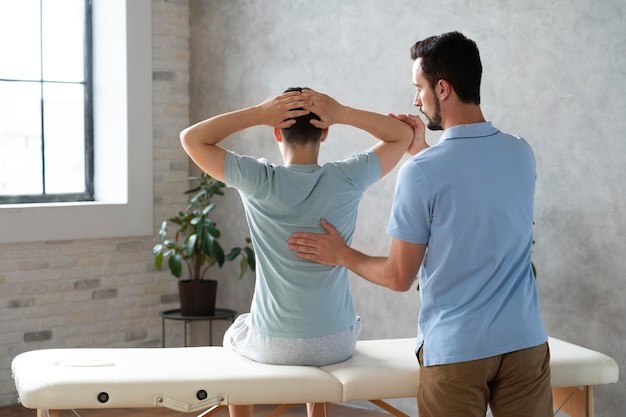
Conventional Treatment Options for decades, the primary treatment for DDD have been conservative, including physical therapy, pain relievers, spinal injections, and surgery. These procedures frequently provide symptomatic relief but may fail to address the disc’s underlying degeneration.
Limitations of Traditional Treatments
- Short-term relief: Pain relievers and steroid injections provide momentary respite but do not encourage long-term recovery.
- Side effects: Long-term prescription use can cause negative effects such as addiction, digestive problems, and decreased immunity.
- Surgical risks: Surgery, particularly spinal fusion, is intrusive and can lead to consequences such as infection, blood loss, and a longer recovery period. Furthermore, spinal fusion may reduce movement.
These constraints have increased interest in alternative therapies that promote the body’s inherent healing capacities, such as orthobiologics.
What Are Orthobiologics?
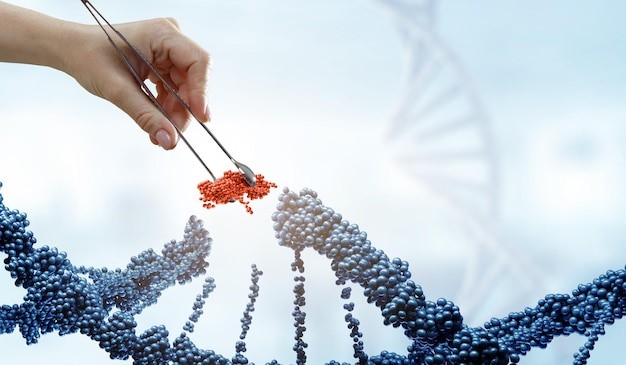
Orthobiologics are biological compounds obtained from the patient’s body or natural sources that help speed up the healing of injured muscles, bones, joints, and discs. They are widely utilized in regenerative medicine at the Best Orthobiologics Treatment Hospital in mumbai and are currently being investigated for spine-related diseases such as DDD.
Some of the most common orthobiologic therapies are:
- Platelet-Rich Plasma (PRP): It is a concentration of platelets from the patient’s blood that contains growth factors to aid in tissue repair.
- Bone Marrow Aspirate Concentrate (BMAC): It contains stem cells produced from the bone marrow that stimulate regeneration and reduce inflammation.
- Stem Cell Therapy: Stem cells, which are typically collected from the patient’s bone marrow or adipose tissue, have the ability to develop into multiple cell types and aid in disc repair.
These procedures frequently provide symptomatic relief but may fail to address the disc’s underlying degeneration.
The Science Behind Orthobiologics in Treating DDD
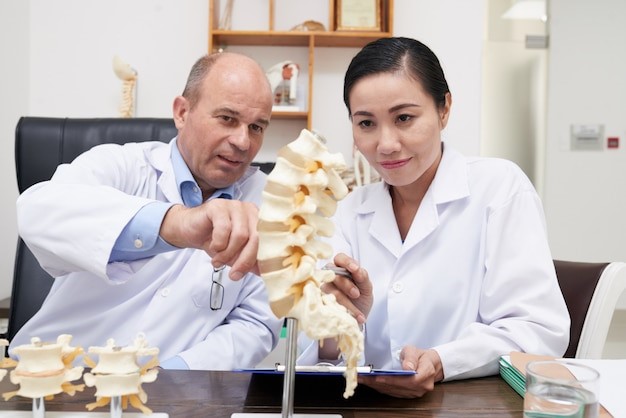
How Orthobiologics Work by using growth factors, proteins, and cells to boost the body’s natural healing process. When injected into the injured disc area, these chemicals may reduce inflammation, discomfort, and encourage disc tissue repair.
- Inflammation Reduction: Orthobiologics can reduce inflammatory reactions, which frequently contribute to chronic pain in people with DDD.
- Tissue Regeneration: PRP and stem cells have regenerative characteristics that can stimulate the development of new cells and heal injured disc tissue.
- Pain Relief: By addressing inflammation and degeneration, orthobiologics can relieve pain and potentially improve overall function without requiring significant surgery.
Studies done by the Best Doctors for Orthobiologics treatment in mumbai on Orthobiologics in DDD is still in its early phases, but preliminary findings are encouraging. For example, a study published in The Spine Journal found that PRP injections for lumbar DDD patients resulted in considerable pain relief and increased function. Similarly, scientific experiments have shown that stem cell injections have the potential to improve disc repair and reduce pain.
Types of Orthobiologic Treatments for DDD
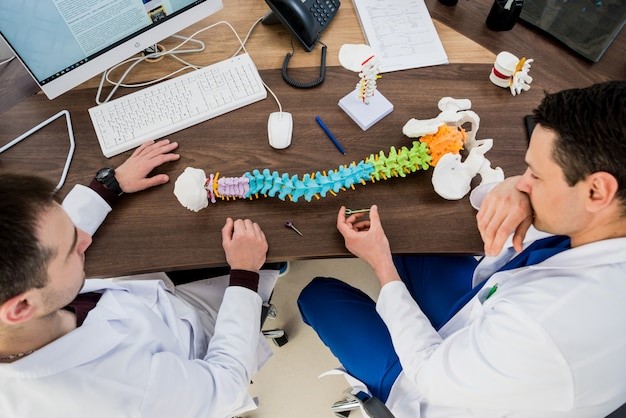
Best Orthobiologics Treatment in mumbai provide a promising alternative for patients suffering from Degenerative Disc Disease by addressing pain and tissue deterioration at the source. These therapies, which range from Platelet-Rich Plasma (PRP) to stem cell injections, use the body’s own healing factors to regenerate damaged disc tissue, reduce inflammation, and provide comfort while also improving spinal health.
1. Platelet-Rich Plasma (PRP) Therapy
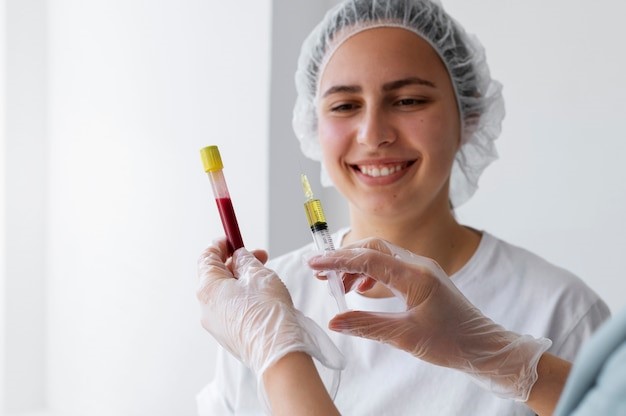
How it works: A little sample of the patient’s blood is collected and processed to concentrate platelets and growth factors, which are then injected into the deteriorated disc.
Benefits: PRP therapy is minimally invasive, has few adverse effects, and can promote healing and decrease inflammation.
2. Stem Cell Therapy
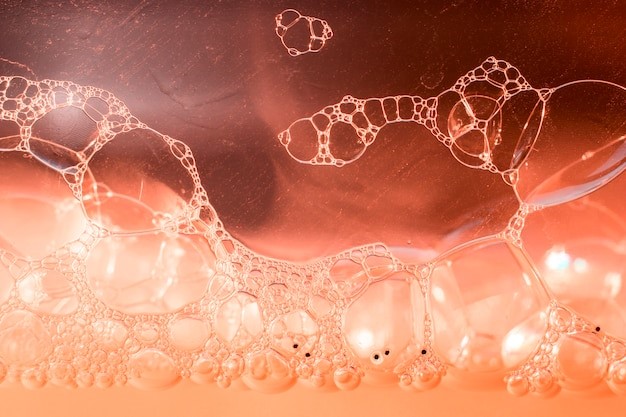
How it works: Stem cells are harvested from the patient’s bone marrow or adipose tissue and injected into the disc to promote regeneration.
Benefits: Stem cells have the unique capacity to develop into many types of cells, which could aid with disc healing and pain relief.
Bone Marrow Aspirate Concentrate (BMAC)
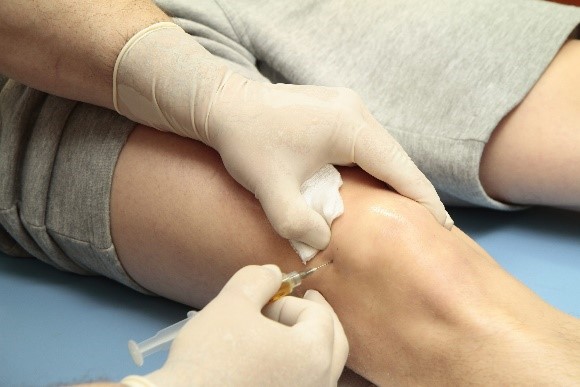
How it works: BMAC contains stem cells, platelets, and growth factors that promote healing and tissue restoration. It is derived from a patient’s bone marrow, usually from the hip area.
Benefits: Because of its high concentration of regenerating cells and proteins, Best Orthobiologics Treatment in mumbai has showed promise in terms of pain relief and disc repair.
4. Amniotic Fluid-Derived Injections
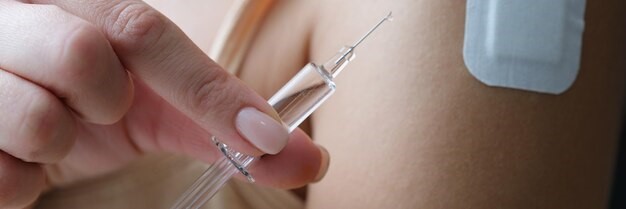
Studies have demonstrated that combining PRP with physical therapy improves outcomes over either Best Platelet-rich plasma Treatment in Mumbai alone. For example:
- A study published in The American Journal of Sports Medicine found that individuals who had Best prp injections for knees in Mumbai in addition to physical therapy had considerably improved knee function and less pain than those who received physical therapy alone.
- According to Clinical Orthopaedics and Related Research, PRP’s regeneration effects are boosted when patients participate in physical therapy following Best prp injections for knees in Mumbai, due to increased blood flow and nutrient delivery to the knee joint.
Potential Benefits of Orthobiologic Therapy for DDD
- Non-Invasive: Orthobiologics uses minimally invasive injections, which typically eliminates the need for surgery.
- Natural Healing: The therapies use the body’s own cells and proteins, making them extremely biocompatible.
- Pain Management: Orthobiologics have the potential to provide long-term pain treatment by targeting the underlying cause rather than simply masking symptoms.
Risks and Limitations of Orthobiologic Therapy for DDD
- Varied Results: Orthobiologics do not work for everyone, and their effectiveness may vary depending on the severity of DDD.
- Regulatory and Cost Issues: Orthobiologics are still deemed experimental in many countries, and the costs are frequently not covered by insurance.
- Limited Long-term studies: They have been limited, despite their promise, and additional study by the Best Doctors for Orthobiologics treatment in mumbai is needed to properly evaluate the efficacy and safety of orthobiologic therapies for DDD.
Is Orthobiologics Right for You?
The severity of the degeneration, your overall health, and your Best Orthobiologics Treatment in mumbai choices all play a role in determining if orthobiologics is a good treatment option for your DDD.
Consult a healthcare practitioner that specializes in regenerative medicine or spinal health to explore your options, potential outcomes, and whether orthobiologics are right for you.
As our understanding of regenerative medicine grows, orthobiologics provides fresh promise for treating Degenerative Disc Disease. Orthobiologics may offer a non-invasive and natural solution to pain alleviation and spinal health by utilizing the body’s own healing capacity. While further studies at the Best Orthobiologics Treatment Hospital in mumbai is needed to prove long-term efficacy, these medicines represent a promising new area in the treatment of DDD. For those looking for alternatives to surgery and standard pain medication, discussing orthobiologic possibilities with a skilled medical expert may lead to a higher quality of life and mobility.
For those considering orthobiologic treatments to manage Degenerative Disc Disease, Jaslok Hospital, Best Orthobiologics treatment Clinic in mumbai, offers advanced, patient-centered care with a team of specialists experienced in regenerative therapies. With cutting-edge technology and personalized treatment options, Jaslok Hospital is dedicated to helping patients find effective, minimally invasive solutions for lasting relief and improved quality of life.
